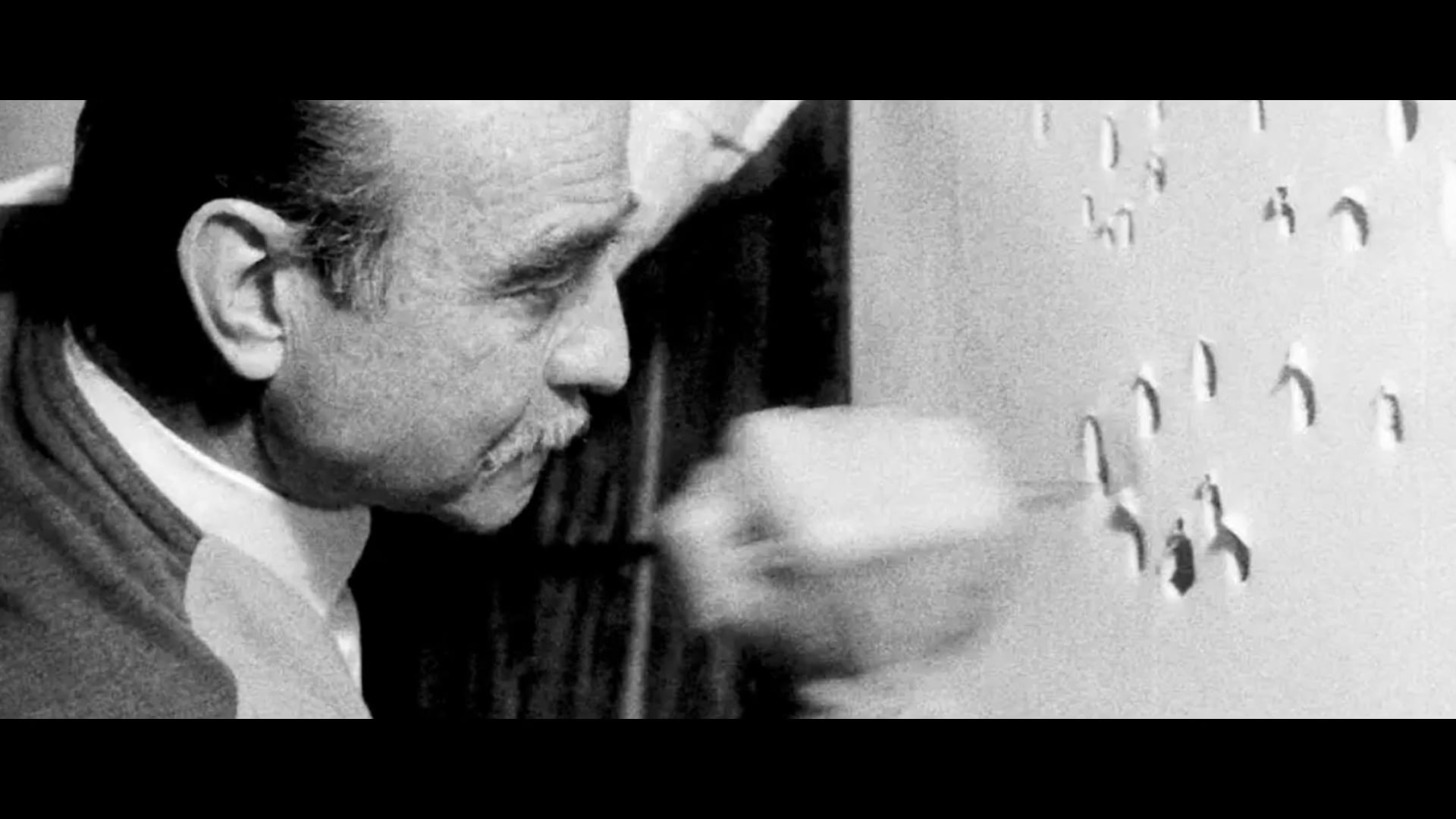Pierre Soulages
Pierre Soulages, it is an uncompromising work, where the intensity of black reveals an infinity of nuances, silence and glare. A painter of light through the dark, he left an indelible mark on the history of art. At a very young age, he was fascinated by primitive forms and traces of the past: prehistoric art, the menhirs of his native region, the menhirs of his native region, Romanesque art and Chinese calligraphy.
After a brief training at the École des Beaux-Arts in Montpellier, he went to Paris and discovered with wonder the works of Cézanne, Léger and Picasso — decisive revelations in his artistic approach. His abstract style developed rapidly, and from his first solo exhibition, he established himself on the international artistic scene. He then became one of the major figures in informal painting, a trend that favors gestures, materials and intuitive expression.
But it was in 1979 that Pierre Soulages began an audacious turn that would define his practice for the next forty years. He invents Outrenoir, this radical exploration of the dark as matter and light. On his canvases entirely covered with black paste, the paint is sculpted with a brush or blade, creating reliefs, streaks, reflections. The work then becomes a dialogue between the black surface and the light that is reflected on it, changing according to the angle of view and the lighting: a living, almost sculptural painting.
His work is recognized worldwide. As early as the 1950s, his paintings were acquired by the largest museums: the Pompidou Center in Paris, the Guggenheim in New York, the Tate in London. In 2014, a museum was entirely dedicated to him in his hometown of Rodez. The Soulages Museum traces the multiple facets of his creation and offers an exceptional immersion in his universe.

.png)




